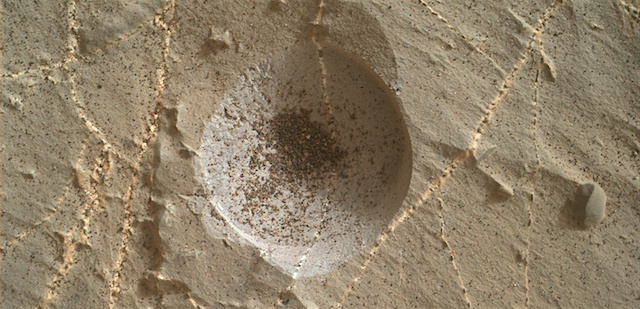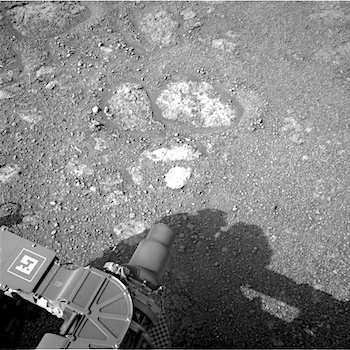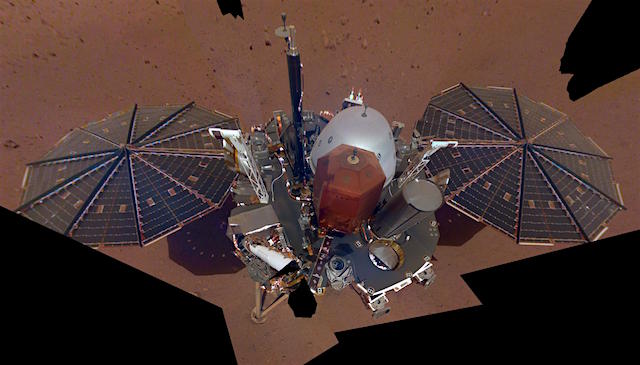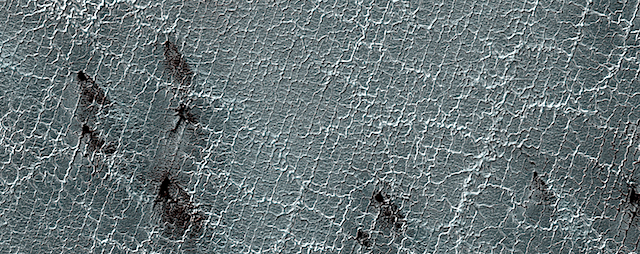 It’s been a challenging few months on the Curiosity mission, but the team’s hard work and persistence has saw them recover from a major computer anomaly and make progress on science goals at Vera Rubin ridge. Curiosity has been exploring the ridge since sol 1809, trying to drill into four distinct rock types. The ridge rocks have proven tough to drill, but the work is almost done. With a third successful drill site at Highfield on sol 2224, they’re ready to tackle the last ridge challenge, a drill site in a particularly red-colored rock.
It’s been a challenging few months on the Curiosity mission, but the team’s hard work and persistence has saw them recover from a major computer anomaly and make progress on science goals at Vera Rubin ridge. Curiosity has been exploring the ridge since sol 1809, trying to drill into four distinct rock types. The ridge rocks have proven tough to drill, but the work is almost done. With a third successful drill site at Highfield on sol 2224, they’re ready to tackle the last ridge challenge, a drill site in a particularly red-colored rock.
I’ll describe the computer problem first, then give an update on the science operations. But before I do either of those things, just for fun: a video of a herd of dust devils! It’s getting windy in Gale. (…)
The B-side Anomaly
On September 15 (sol 2172), engineers noticed the rover behaving oddly: it was not transmitting any saved science or engineering data, but could transmit engineering data acquired in real time as long as it was communicating with the Deep Space Network or an orbiter. The rover was perfectly healthy, having no issues running any of its vital systems, but had lost access to the part of its memory where it stores data for later retrieval. The data structure of that part of the rover’s memory had become corrupted, and the rover couldn’t access it. This was, clearly, a serious problem for science, but fortunately didn’t threaten the safety of the rover.
Still, the fact that the rover couldn’t store information for later retrieval made it very difficult to troubleshoot the issue. The mission determined that the best course of action was to swap to the backup computer; once they were on the backup, they’d be able to troubleshoot the (formerly) main computer. Curiosity has been operating on its B-side computer for nearly 2000 sols, ever since sol 200, when a serious problem occurred in the A-side computer’s flash memory. It took until sol 772 to recertify the A-side computer for use as a backup to the B-side computer; a software patch now prevents the A-side computer from using half of its flash memory… [More at link]
















